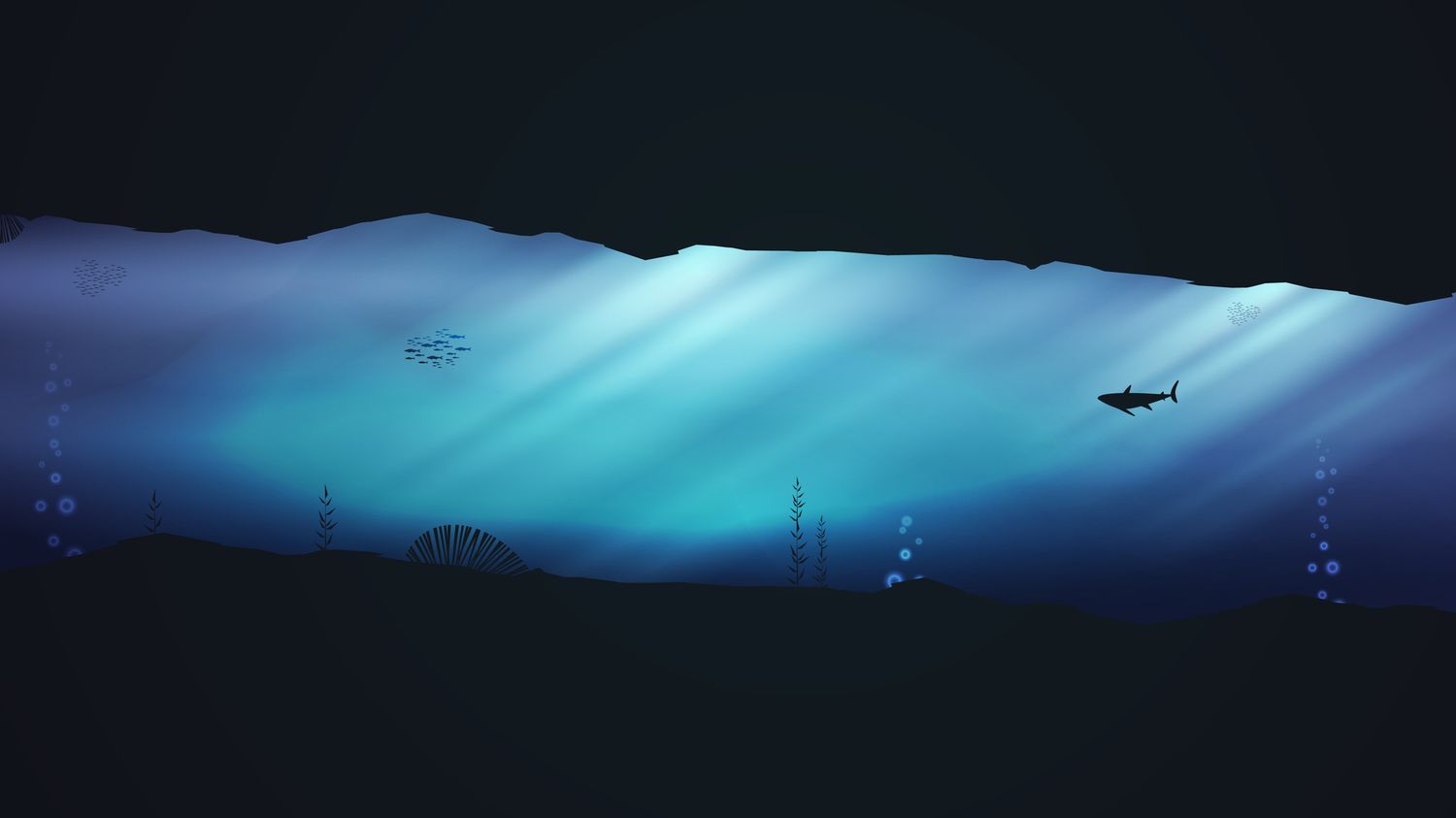Australian biologists have detected a strain of the flu virus in the intestine of a sturgeon; a distant relative of influenza has also recently been found in hagfishes, animals of the great depths.
With Mathilde Fontez, editor-in-chief of the scientific magazine Epsiloonwe go back to the origins of the flu virus today, with the research of Australian biologists who detected a strain of this virus in the intestine of a sturgeon.
Thanks to genetic sequencing, they managed to find the trace of the ancestor of the flu virus. This suggests that this virus infected aquatic animals 600 million years ago, before colonizing the terrestrial environment. An eloquent discovery at a time when the H5N1 avian flu is spreading from species to species, on land and under the sea.
franceinfo: So it all started with fish?
Mathilde Fontez: Yes, it was an American virologist based at the University of Sydney, Australia: Mary Petrone, who made this discovery: eShe found in the sturgeon a virus of the same family as the flu, but in an ancestral form. Either a distant relative of seasonal flu, those that hit us every winter.
But also avian flu, like H5N1, which is currently wreaking havoc all over the world. In France, to fight against this animal epidemic, millions of poultry were slaughtered between August and December last. This virus would therefore have been born in fish.
We were able to trace the whole family tree of the flu?
For now, the researchers only have pieces of the tree, disparate elements: IThere is therefore this ancestor of the virus detected in the Siberian sturgeon. Before that, the researcher had also seen evidence of infection by a virus of the same family in corals. In 2018, a team detected a distant relative of influenza in hagfish, a family of aquatic animals that resemble eels. In 2021, researchers found viruses that are part of the group, in lobster genomes.
And by comparing the genetic sequences of all these viruses, we begin to draw a trajectory, an evolutionary history, which would have started in the water, 600 million years ago, even before the appearance of the first fish.
It is only then that the virus would have started to colonize the terrestrial environment?
Yes. It will take more animals to understand how the flu “came out of the water”. And above all, to watch the jumps from one species to another. Already, this sketch of a phylogenetic tree shows the incredible capacities of this family of viruses, to spread from one type of animal to another.
This is what we observe today, with some concern, for avian flu: transmissions from birds to mammals are mentioned, to seals in the United States; mink in Spain; sea lions in Peru. The World Health Organization considers the risk of transmission to humans to be low, but the virus is closely monitored. This return to origins could help to better understand this transmission.
